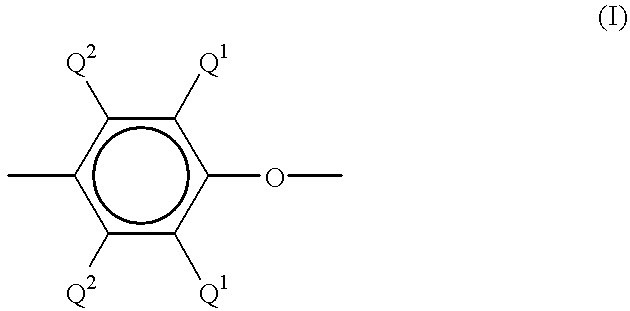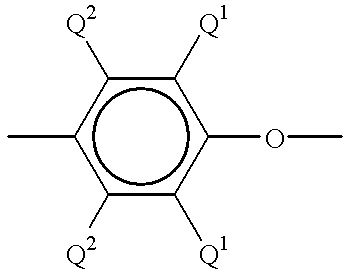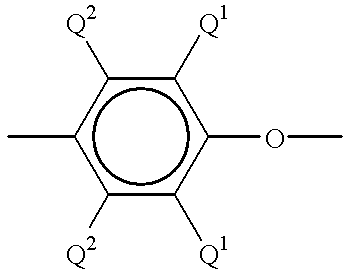Reduction of carbonized particles in a poly(arylene ether)-polyamide composition
a technology of arylene ether and carbonized particles, which is applied in the field of making poly (arylene ether)polyamide compositions, can solve the problems of limited use of poly(arylene ether) resins, limited advantages of finholt invention, and appreciable losses in other physical properties, and achieve the effect of enhancing the toughness of polyamide polymers
- Summary
- Abstract
- Description
- Claims
- Application Information
AI Technical Summary
Problems solved by technology
Method used
Image
Examples
examples 1-3
Examples 1-3 use the same procedure with varying nitrogen flow rates. No polyamide was introduced through the first feeder of the extruder. 3.67 kilograms (kg) of poly(arylene ether) and additives, 0.8 kg of styrene ethylene propylene, 0.7 kg of styrene ethylene butylene styrene, and 0.65 kg of citric acid were introduced to the main feeder with nitrogen flow. 4.8 kg of polyamide were introduced at the second feeder and processing continued. The resulting composition was then pelletized and formed into plaques. The plaques were evaluated for pits and insolubles as shown in Table 2. The nitrogen flow rates for Examples 1-3 were 1.2 liter per kg (l / kg), 5.5 l / kg, and 11.5 l / kg, respectively. The control material was made without nitrogen flow.
examples 4-5
3.67 kg of poly(arylene ether), 0.65 kg of citric acid, 0.8 kg of styrene ethylene propylene, and 0.7 kg of styrene ethylene butylene styrene were introduced to the main feeder which had been flushed with nitrogen and had a continuing nitrogen flow of 1.2 liters per minute (l / min). 4.8 kg of polyamide was introduced at the second feeder and processing continued. The resulting composition was then pelletized and formed into 4 cm.times.4 cm plaques. The plaques were evaluated for pits and insolubles as shown in Table 3. In Example 4 the poly(arylene ether) was not flushed. In Example 5 the poly(arylene ether) was flushed five times with nitrogen prior to adding to the extruder
examples 6-10
3.67 kg of poly(arylene ether) and additives, 0.8 kg of styrene ethylene propylene, 0.7 kg of styrene ethylene butylene styrene, and 0.65 kg of citric acid was introduced to the main feeder. Amounts of polyamide added at the main feeder varied by experiment (see Table 4 for details) with the total amount of polyamide added kept constant at 4.8 kg. The remaining polyamide was introduced at the second feeder and processing continued. The resulting compositions were then pelletized and formed into plaques. The plaques were evaluated for pits and insolubles. Results are shown in Table 4.
PUM
| Property | Measurement | Unit |
|---|---|---|
| wt % | aaaaa | aaaaa |
| temperature | aaaaa | aaaaa |
| temperature | aaaaa | aaaaa |
Abstract
Description
Claims
Application Information
 Login to View More
Login to View More - R&D
- Intellectual Property
- Life Sciences
- Materials
- Tech Scout
- Unparalleled Data Quality
- Higher Quality Content
- 60% Fewer Hallucinations
Browse by: Latest US Patents, China's latest patents, Technical Efficacy Thesaurus, Application Domain, Technology Topic, Popular Technical Reports.
© 2025 PatSnap. All rights reserved.Legal|Privacy policy|Modern Slavery Act Transparency Statement|Sitemap|About US| Contact US: help@patsnap.com



